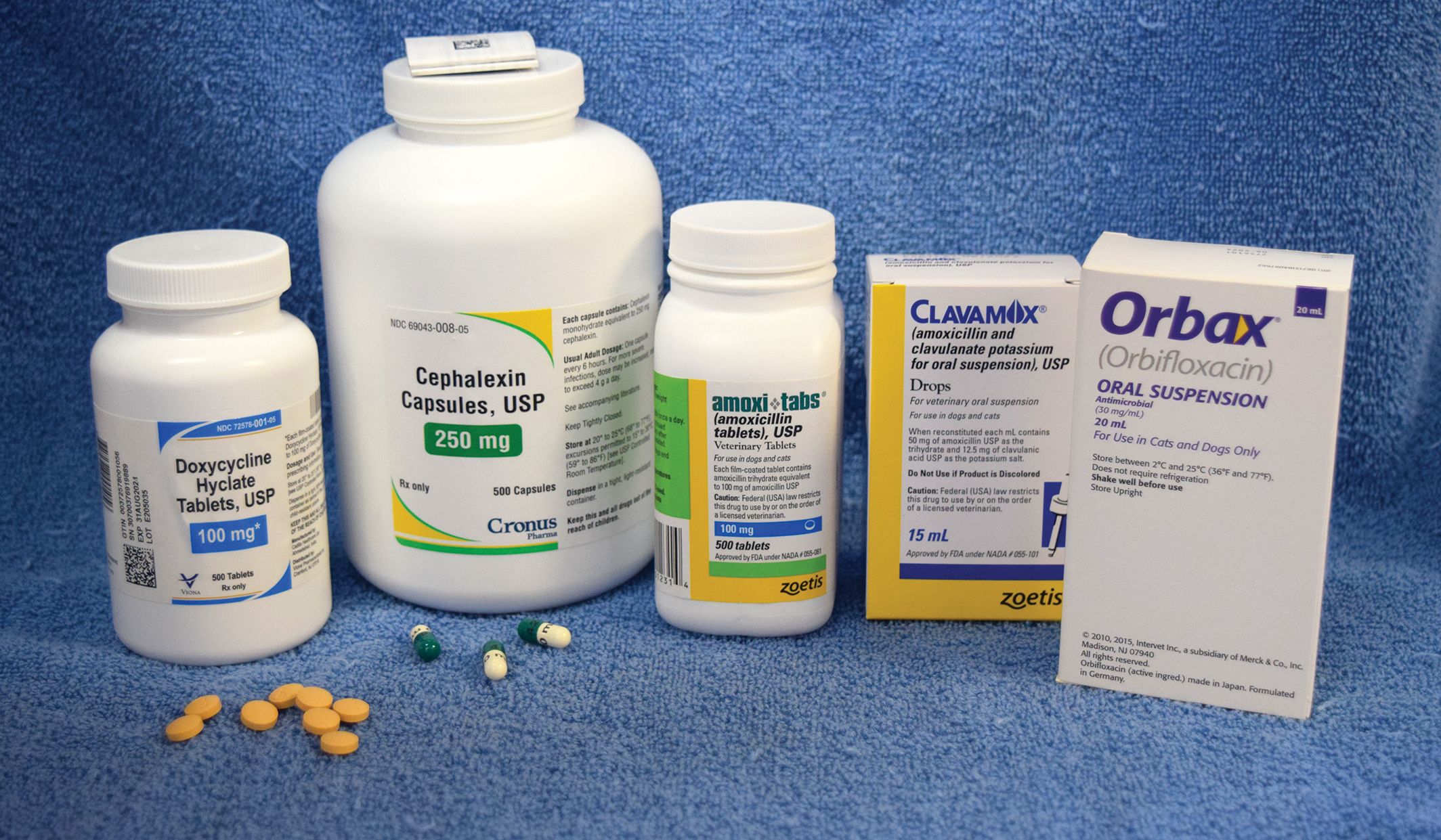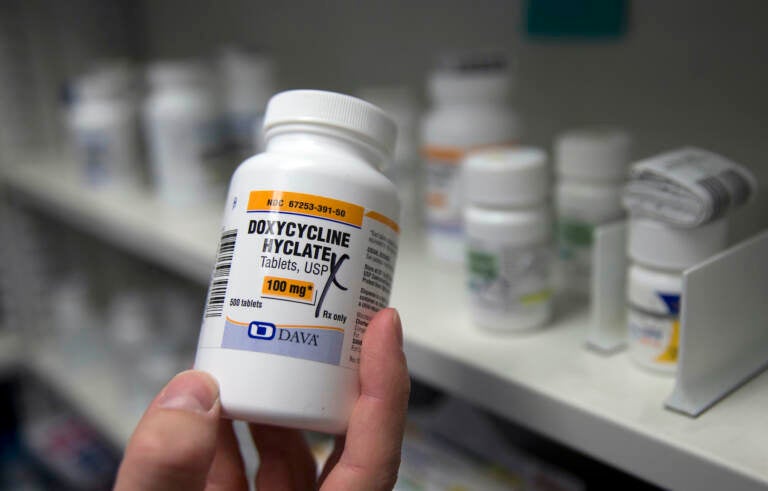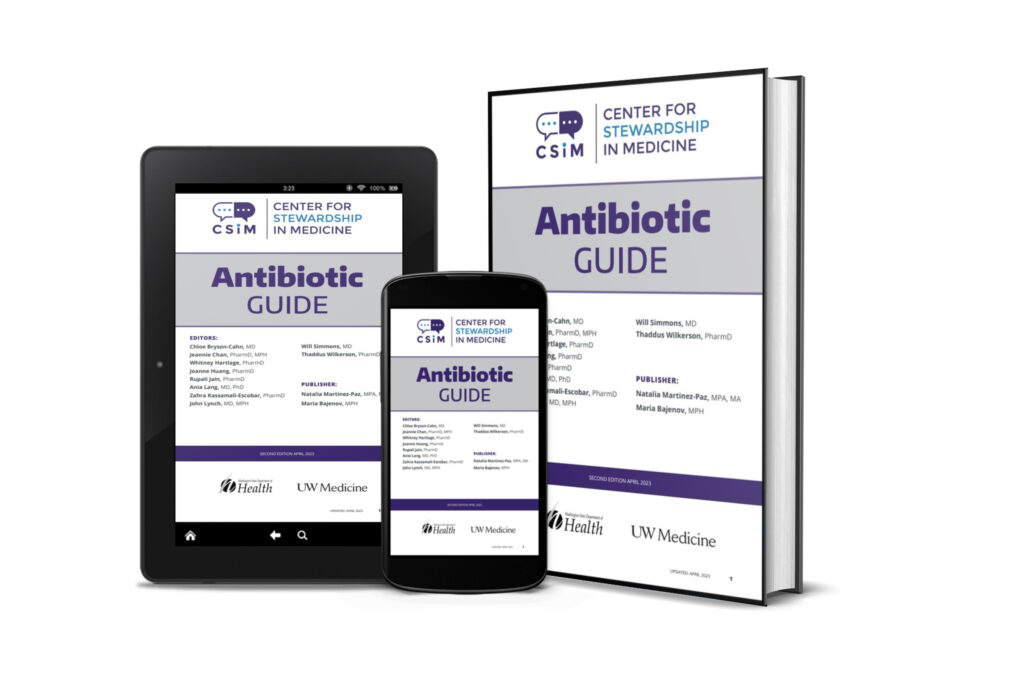When it comes to treating bacterial infections, antibiotics play a crucial role in modern medicine. Tablets antibiotics are one of the common forms in which antibiotics are available. In this article, we will explore the different types of tablet antibiotics, their uses, and potential side-effects.
Table of Contents
Types of Tablet Antibiotics
Tablet antibiotics come in various classes, each designed to target specific types of bacteria. Here are some commonly prescribed types of tablet antibiotics:
- Penicillins: These include phenoxymethylpenicillin, flucloxacillin, and amoxicillin.
- Cephalosporins: Some examples are cefaclor, cefadroxil, and cefalexin.
- Tetracyclines: Common tetracycline antibiotics include tetracycline, doxycycline, and lymecycline.

Credit: www.whole-dog-journal.com
Uses of Tablet Antibiotics
Tablet antibiotics are prescribed for various bacterial infections, including:
- Urinary tract infections (UTIs)
- Skin or soft tissue infections
- Bronchitis
It’s important to note that antibiotics only work against bacterial infections and are not effective against viral infections such as the common cold or flu.

Credit: whyy.org
Side-Effects of Tablet Antibiotics
While tablet antibiotics are generally safe and effective, they can sometimes cause side-effects. Some common side-effects include:
- Upset stomach and diarrhea
- Allergic reactions, such as rashes or swelling
- Yeast infections, particularly in women
- Photosensitivity (increased sensitivity to sunlight)
If you experience any severe or persistent side-effects, it’s important to consult your doctor to discuss potential alternatives or adjustments to your treatment.
Antibiotic Resistance
Antibiotic resistance is a significant concern in modern healthcare. Overuse or misuse of antibiotics can lead to the development of antibiotic-resistant bacteria. It’s crucial to take antibiotics exactly as prescribed by your doctor and to complete the full course of treatment, even if you start feeling better.
Frequently Asked Questions On Tablets Antibiotics : Expert Guide
Which Tablet Is Used For Antibiotics?
Penicillins like amoxicillin, cephalosporins, and tetracyclines are common antibiotics used in tablet form.
What Is The Most Common Antibiotic Pill?
The most common antibiotic pill is penicillin, often prescribed as amoxicillin. It’s widely used and considered one of the strongest.
What Is The Strongest Antibiotic Tablet?
The strongest antibiotic tablet commonly prescribed is penicillin, specifically in the form of amoxicillin. Penicillin is widely used and considered one of the most powerful antibiotics available. It is effective in treating various bacterial infections.
What Are The Names Of The Five Antibiotics Tablets?
The five antibiotics tablets commonly prescribed are: 1. Penicillins: phenoxymethylpenicillin, flucloxacillin, and amoxicillin. 2. Cephalosporins: cefaclor, cefadroxil, and cefalexin. 3. Tetracyclines: tetracycline, doxycycline, and lymecycline. 4. Macrolides: erythromycin, azithromycin, and clarithromycin. 5. Fluoroquinolones: ciprofloxacin, levofloxacin, and moxifloxacin. These antibiotics are commonly used to treat bacterial infections.
Conclusion
Tablet antibiotics are an essential tool in the fight against bacterial infections. Understanding the different types, their uses, and potential side-effects can help you make informed decisions about your healthcare. Always consult with your healthcare provider for appropriate diagnosis and treatment options related to your specific condition.
- Get Tips & Trick daily








